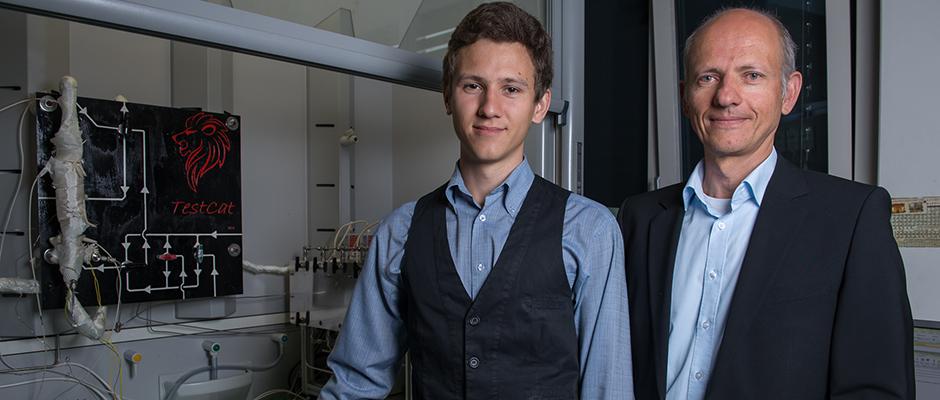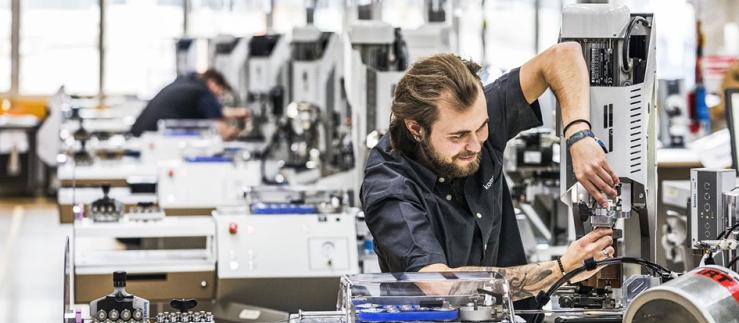Lean-burn engines are the best option for the combustion of natural gas and are an especially efficient alternative to conventional combustion engines in passenger cars. With one disadvantage: In the combustion of natural gas or biogas, they result in large amounts of methane, a potent greenhouse gas, being left over as well as toxic formaldehyde. According to a statement from the Paul Scherrer Institute (PSI), secondary exhaust treatments have proven ineffective until now.
“Conventional catalytic converters are still not active enough in lean-burn engines at temperatures below 400 degrees Celsius,” said Oliver Krächer, head of the Laboratory for Bioenergy and Catalysis at PSI. In addition, tiny particles of palladium vitrify very rapidly in hot exhaust gases. This reduces their surface area, which in turn causes the catalytic convertors to work less efficiently.
A research group led by Kröcher has now made a breakthrough in this respect: They have developed a catalytic converter for lean-burn engines that runs stably and effectively.
The researchers used zeolites as a new substrate material for the palladium. While others have attempted the same in the past, they could not prevent the palladium from vitrifying, said Andrey Petrov, a doctoral candidate at PSI. He came up with the idea of treating the zeolite with acids and bases to enlarge the pores and then adding sodium to the palladium.
“In these larger pores, the palladium can now collect and fill them in,” explained Petrov. The palladium shows the strongest activity in this nanometre-scale particle size, and the sodium prevents the particles from migration. “Thus the catalytic converter almost completely ceases to vitrify,” according to PSI.
Their catalytic converter could help lean-burn engines achieve a breakthrough for use in passenger cars. A patent has already been filed, and the first catalyst manufacturer has already expressed an interest.







